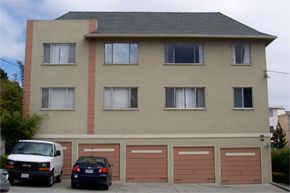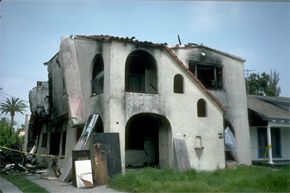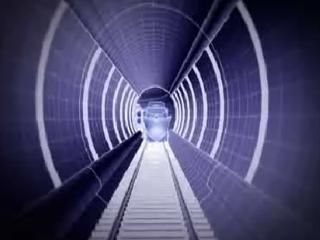On Jan. 17, 1994, a magnitude-6.7 earthquake struck the Los Angeles neighborhood of Reseda. The Northridge Earthquake, as it came to be known, brought national attention to a fundamental structural flaw that plagues thousands of buildings located in some of America's most earthquake-prone cities. As the temblor rattled the city, the bottom floor of the Northridge Meadows apartment complex collapsed beneath the two floors above it. Sixteen residents, all on the first floor, died as a result [source: Reich]. Why did the complex collapse when so many other buildings remained standing? Because Northridge Meadows was a soft-story building.
Soft-story buildings, so called for having first stories much less rigid than the stories above, are particularly susceptible to earthquake damage because of large, unreinforced openings on their ground floors and in their typically wood-frame construction. These openings often accommodate parking spaces, large windows and expansive lobbies in residential and retail buildings. Without proper design, such structures are much less able to withstand the lateral forces -- forces that push a structure side to side -- that earthquakes generate. Once the first floor folds, the upper floors pancake down on top of it, crushing anything underneath.
Advertisement
That's clearly a big problem in population-dense, earthquake-prone areas like Los Angeles and San Francisco (and, theoretically, any high-density city, earthquake-heavy area with similar construction), yet those cities still have thousands of soft-story buildings in need of improvements. A study conducted by the California Institute of Technology found that, of Los Angeles' estimated 20,000 soft-story buildings, only 800 had been improved [source: Jessup]. San Francisco faces a similar situation with its roughly 10,800 soft-story buildings [source: Association of Bay Area Governments]. Worse still, experts predict a major earthquake in the Bay Area over the next several decades. If such a quake occurs, 80 percent of San Francisco's soft-story buildings would collapse or be damaged beyond repair as a result [source: Selna].
What can be done to prevent such a disaster? That's where structural engineers like Dr. Scott Adan come in. Founder and principal of Adan Engineering, he specializes in a process known as soft-story seismic retrofitting.
"Lateral stiffness and strength are the key ingredients to make buildings 'earthquake safe.' In a soft-story building, the lateral components were either never considered or they are just not strong enough to resist the imposed earthquake forces," explains Adan.
Soft-story seismic retrofitting addresses those oversights, adding the structural components needed for buildings to remain standing after an earthquake hits. Read on to find out how the process works and how cities are encouraging building owners to make these improvements.
Advertisement



